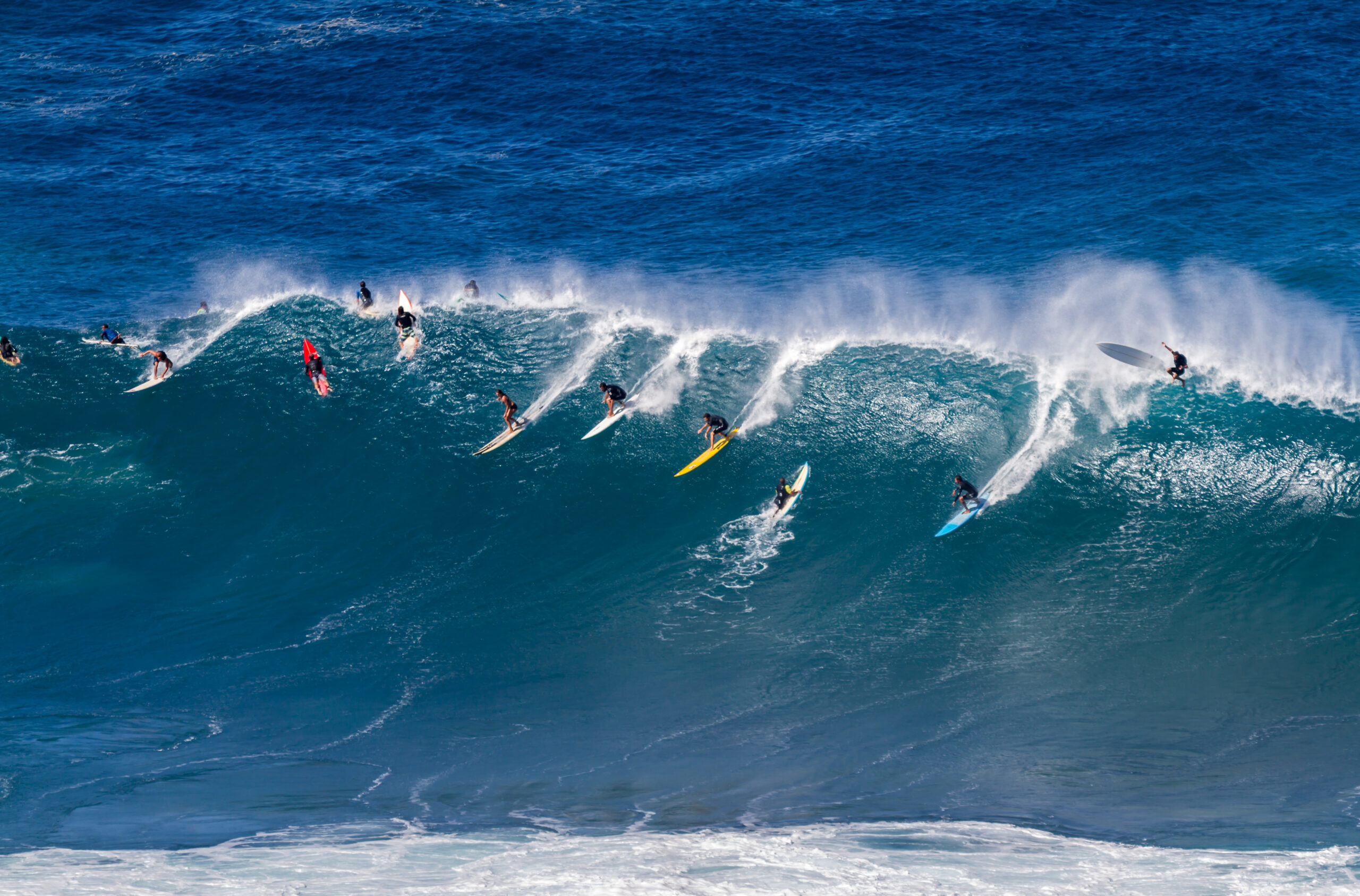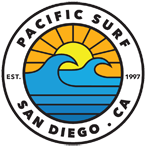The Early Days: Origins of Surf Competitions
The genesis of surf competitions traces back to the early 20th century, with its roots firmly planted in the Hawaiian Islands – the ancestral home of surfing. The first known surf contest took place in 1928 at Corona Del Mar, California, but it was the Duke Kahanamoku Invitational that brought wider recognition to the sport. These early events were rudimentary, focusing simply on the grace and skill of standing on a wave. Rare archival footage and first-hand accounts, potentially accessible to students of places like Pacific Surf School, provide a glimpse into these foundational days of competitive surfing. It’s a heritage that informs modern events, reminding us how much the simple act of wave-riding has evolved into a global phenomenon.
Riding the Waves of Change: Surf Contests Through the Decades
As surfing’s popularity grew through the 1950s and 1960s, surf competitions started to become more organized and complex. The culture of the time, with its emphasis on freedom and individuality, was reflected in the laid-back yet competitive atmosphere of the contests. Surf films and magazines began profiling surfers who would later become legends, and competitions like the World Surfing Championships, which began in 1964, started to attract international talent. Each decade brought its own changes to surf contests, with shifting attitudes towards professionalism, commercialism, and the sport’s counter-culture roots.
Iconic Moments in Competitive Surfing History
The history of competitive surfing is punctuated with iconic moments that have captured the imagination of surfers and non-surfers alike. From the groundbreaking performances of Miki Dora and Kelly Slater to the awe-inspiring rides at Pipeline and Jaws, these moments have defined the essence of surfing excellence. Institutions like Pacific Surf School not only teach techniques but also impart knowledge about these historical milestones, instilling a deeper appreciation for the sport among learners. These pivotal events have helped shape competitive surfing into what it is today, influencing rules, board design, and how athletes approach the sport.
The Birth of Professional Surf Tours
The concept of a professional surf tour took hold in the 1970s, giving rise to a new era in competitive surfing where surfers could make a living from the sport. The International Professional Surfers (IPS) was the initial governing body that eventually morphed into what is known today as the World Surf League (WSL). These tours cultivated a more formal circuit with uniform judging criteria and allowed surfers to compete at different international locales. The professionalization of the sport brought a level of prestige and provided a platform for showcasing the talents of surfers on a world stage. Students and enthusiasts, perhaps studying the art at Pacific Surf School, look to these tours as the pinnacle of what the sport has to offer.
Key Organizations: From the ISA to the WSL
The surf world is governed by key organizations that play pivotal roles in the sport. The International Surfing Association (ISA) governs the sport globally and is recognized by the International Olympic Committee as the world body for surfing. Meanwhile, the World Surf League (WSL) holds the reins to the highest-level professional tours. These organizations establish the rules, sanction events, and shape the competitive landscape. The ISA focuses on accessibility, pushing for surfing’s inclusion in global events like the Olympics. The WSL, on the other hand, concentrates on commercial aspects and professional athlete development. For students at Pacific Surf School and aspiring competitors, understanding these organizations’ functions and impacts is crucial.
The Structure of Modern Surf Competitions
Contemporary surf competitions are intricately structured events, with categorized tours and qualifying series unfolding throughout the year. Events range from local and regional contests to elite championship tours that determine the world’s best surfers. A typical WSL competition is broken down into rounds, with initial heats leading to finals. Scoring is based on a combination of wave selection, maneuvers, and overall performance on the wave, as judged by an expert panel. Contests take place all over the globe, offering different challenges based on the local surf conditions. Participants, including those who may have trained at Pacific Surf School, have to be versatile and adept at a variety of surfing styles to succeed.
The Advent of Big Wave Surfing Events
Big wave surfing competitions have carved out a niche within the broader spectrum of surf contests, with a focus on conquering massive swells that can reach 50 feet or higher. These events are held at notorious big wave spots like Mavericks in California or Nazaré in Portugal. Unlike traditional competitions, these events often have flexible “holding periods” where organizers wait for optimum conditions to run the contest. They test the bravery and skill of the world’s best big wave surfers, presenting a spectacle that’s as thrilling for the audience as it is for the competitors.
Women in Surfing: Breaking Barriers in Competition
The narrative of women in surf competitions is one of progress and empowerment. Historically sidelined with fewer events and smaller prizes, women surfers have fought for equality in the lineup. Today, there’s a greater push towards parity in prize money and opportunities. Women surfers continue to break barriers, with prodigious talents such as Carissa Moore and Stephanie Gilmore leading the charge. Their achievements not only inspire female students at Pacific Surf School but also signify a more inclusive direction for the sport.
Technological Advancements in Judging and Broadcasting
Technology has transformed how surf competitions are judged and viewed. High-definition video feeds, aerial drone footage, and sophisticated scoring software provide a level of detail and fairness that was previously unattainable. Live broadcasts and streamable content enable fans worldwide to watch competitions in real-time, bolstering surfing’s international appeal. These advancements ensure that even surfers at small schools, like Pacific Surf School, can learn from top-tier professionals by observing their every move.
Environmental and Cultural Impacts of Surf Events
Surf competitions also play a role in environmental and cultural advocacy. Many events now incorporate sustainability efforts, striving to minimize their ecological footprint. Additionally, local surf contests often celebrate indigenous surfing traditions, fostering cultural exchange and understanding. These dimensions are crucial for a sport so intrinsically linked to the natural environment and diverse global communities.
The Future of Surf Competitions: Innovations and Directions
Looking forward, surf competitions continue to innovate with new formats, inclusion of emerging disciplines like SUP and foil surfing, and even artificial wave pool events. The sport’s growth, infused with tech innovations and evolving cultural norms, points towards an exciting trajectory. Students from Pacific Surf School and surfers worldwide may one day participate in this evolving competitive landscape, which promises to push the boundaries of what’s possible on a wave.


